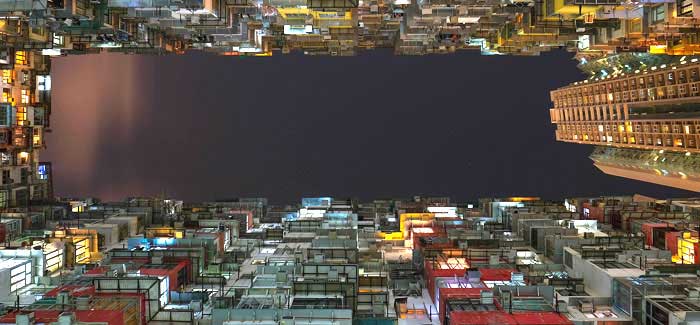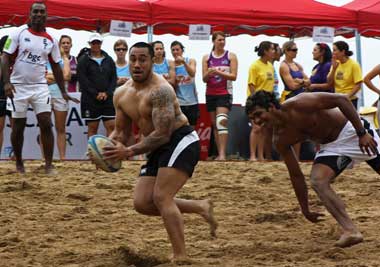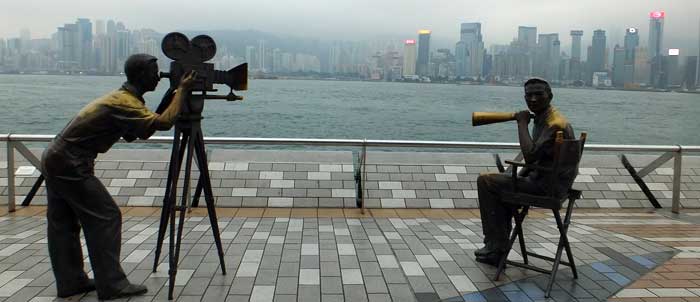From abandoned houses to haunted prisons, local explorers HK Urbex scout the city of Hong Kong to immortalise forsaken places before they are lost forever. Their excursions regularly uncover corners of Hong Kong rarely seen by locals.
"One minute you're in the heart of the city, with a million people," says Ghost, a member of HK Urbex. "Five minutes later you're in an old deserted site."
"The contrast is surreal," he adds, describing an excursion into an abandoned private hospital in Central - Hong Kong's financial district.
While most people revel in Hong Kong's shimmering skyscrapers, modern buildings and glitzy malls, for HK Urbex it is these hidden abandoned places that make Hong Kong unique. It's all about the excitement of exploring and discovering; for instance, they never know when they'll run into an ancient site surrounded by modern skyscrapers.
After visiting an abandoned TV studio that impressed them greatly, Ghost and fellow explorer, codename Echo Delta, founded HK Urbex in 2013. That was the beginning of a vast number of explorations around Hong Kong searing for crumbling edifices and documenting them with high-quality first-person-shooter style videos and eerie photographs. HK Urbex comprises a crew of eight anonymous urban explorers. Most of which are journalists, videographers and photographers, who won't disclose their identity in order to keep the focus onto the sites. Their masks and balaclavas also have the function of protecting them from harmful elements like asbestos, apart from law enforcement.
"Sometimes we're the last people to step foot in a building before it's demolished," said Pripyat, an HK Urbex crew member. "And then the next week, it's gone."
Inside these forgotten buildings, the explorers often find personal artifacts, including portraits, postcards, clothes and photo albums. Every room has its own story tell, a story lost in time.
"You inevitably end up doing kind of like detective forensics work," Pripyat said. "The last place we went, we found an x-ray of a guy that revealed a worrying shadow in his chest. You try to piece together these lives."
Urban exploration in Hong Kong is not just about discoveries, it's also about risks. The first one would be trespassing.
"Not everyone would deem climbing a fence to take a few photos of an antiquated site as legal, so the concealment helps," Ghost said. "What we're doing is not about us, it's about so much more than that."
"Stationary guards are easier to skirt," says Echo Delta. "As for patrolling guards, we need to play hide-and-seek."
After trespassing, they walk around, taking the place in from the bottom to the top. According to them, they observe, document and leave without altering anything.
"Visiting the abandoned sites always evokes a lot of emotions and feelings," says Echo Delta. "It's like a child opening up a wrapped present, always curious what is inside the box."
Ghost adds: "I like the quiet, spiritual feeling of a deserted building. Sometimes I even do urban exploration alone. It's a one-on-one with the building, a very serene moment".
Since their foundation, the group has explored everything from old Chinese Medicine factories to derelict psychiatric wards, historic colonial-era mansions, old British military barracks and political prisons, decommissioned hospitals, rundown apartment buildings, metro stations, paint factories and cinemas.




